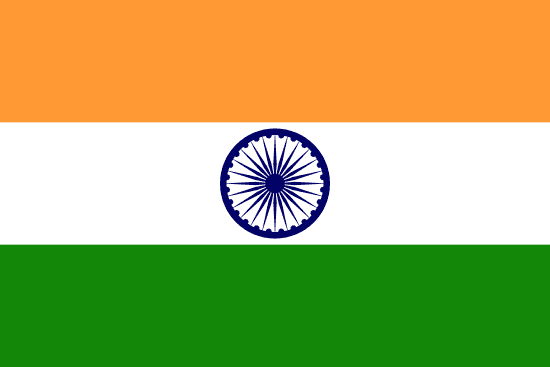"Dilwalon ki Dilli | Delhi, the city of big-hearted people"
About:
Delhi, India's capital, has a rich history dating back to 6th century BCE as a significant city in various empires including the Maurya, Delhi Sultanate, Mughal, and British. Post-independence in 1947, Delhi was officially declared as the capital of India. Today, it's a blend of historic and modern cultures, housing numerous monuments, museums, and serving as the political, administrative, and cultural hub of the country.
When to visit:
Delhi, the capital city of India, experiences a diverse climate with distinct seasons. The best time to visit Delhi for a holiday is during the winter months between November and February, when the weather is cool and pleasant. This period offers comfortable temperatures for exploring the city's numerous historical landmarks, bustling markets, and vibrant cultural events. Be sure to pack some warm clothing as temperatures can drop significantly during the winter nights in Delhi.
When to avoid:
Traveling to Delhi on a holiday during the summer months of May and June can be challenging due to the extreme heat and humidity experienced in the region. These months are typically the hottest, with temperatures often soaring above 40 degrees Celsius, making outdoor activities uncomfortable and strenuous. Additionally, the air quality in Delhi during this time can be poor, leading to health concerns for travelers, especially those with respiratory issues. It is advisable to plan your trip to Delhi during the cooler months of November to February to enjoy more pleasant weather and a better overall travel experience.
Winter Season (Dec-Feb)
Delhi's coldest period is in January with temperatures dropping to 7°C at night. Days are usually foggy with reduced sunlight, but it clears by noon allowing for pleasant afternoons around 20°C. Rainfall is minimal. The wettest time is the monsoon season from July to September. Daily heavy showers occur, with August being the peak month with up to 250mm of rainfall. Humidity is high and temperatures range from 25-35°C. An average day for a visitor during these periods would involve cool, foggy mornings in winter or afternoon showers in monsoon.
"Delhi Summer (April–June)"
In Delhi, the warmest part of the year is from April to June, known as the pre-monsoon summer season. During this period, the average daytime temperatures can soar to 40-45°C (104-113°F), while the nighttime temperatures range from 25-30°C (77-86°F).
Rainfall is minimal during this period, with May and June being the driest months of the year. The city receives an average of 20-30mm of rain over these months, mostly from sporadic thunderstorms.
Sunlight is abundant during this period, with an average of 13-14 hours of daylight per day. The sun typically rises around 5:30 AM and sets around 7:00 PM, providing plenty of sunshine.
Humidity levels are relatively low during this time, ranging from 25-40%, making the heat more bearable. However, as the monsoon season approaches in late June, humidity levels start to rise.
Cloudiness is also minimal during this period, with clear or partially clear skies on most days. However, dust storms are common in May and June, which can lead to temporary cloudiness and reduced visibility.
For a visitor, a typical day in Delhi during the warmest part of the year is hot and dry. The mornings start warm and temperatures rise rapidly, reaching their peak in the afternoon. It's advisable to stay indoors or in shaded areas during peak hours to avoid heatstroke. The evenings are relatively cooler and more comfortable, making it the best time for outdoor activities. Despite the heat, this is a great time to explore Delhi's indoor attractions like its museums, shopping centers, and restaurants.
Language:
Hindi and Punjabi are the most commonly spoken languages in Delhi, India's capital territory. Hindi, being the official language of India, is used by the majority of the population. Punjabi, on the other hand, is spoken by a significant minority, primarily the Punjabi community. English is also widely spoken and understood, especially in business, education, and government sectors.




